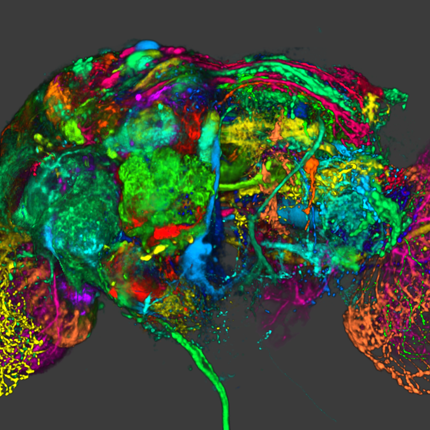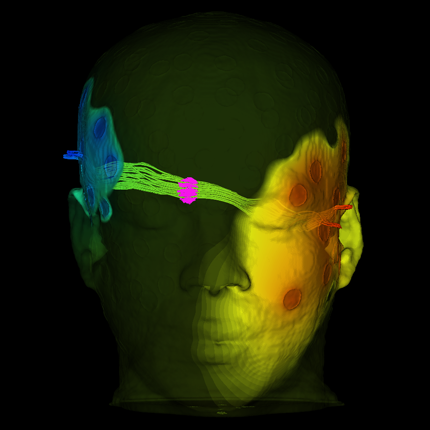Vispack
Vispack is a C++ library that includes matrix, image, and volume objects. The library has functionality that makes it suitable for surface reconstruction work using the level sets method.The Vispack Library
Introduction
Vispack is a C++ library developed for processing volumes images and surfaces. We will use it as the foundation for the projects in this course. Vispack relies on standard C++ features such as templates, inheritance, and the standard template library (STD). In the very least Vispack provides image readers and writers and a data structure for accessing image data. It also provides a number of image processing methods. Vispack does not provide any GUI interface to its functionality---it is strictly data structures, algorithms, and image IO.Vispack Source
As with many open source packages, it has documentation, but it is not complete. You will learn vispack by reading the documentation, and by reading the source code. The vispack source code comes as a compressed tar file, which is available here .Now you can get the vispack source using CVS. On linux or Cygwin, you can check out the vispack as follows:
First, set an environment variable:
setenv CVS_RSH ssh
Then
cvs -d :ext:your-cs-login @ shell.cs.utah.edu:/uusoc/res/image/CVS checkout vispack
To update your local vispack
1. cd vispack
2. cvs update -d
or cvs -d :ext:your-cs-login @ famine.cs.utah.edu:/uusoc/res/image/CVS update
The systen then will ask for your password for your CS account.
Since we need to update Vispack from time to time, you are strongly recommended to check out vispack from CVS, which will save you time to get the latest version of Vispack.




